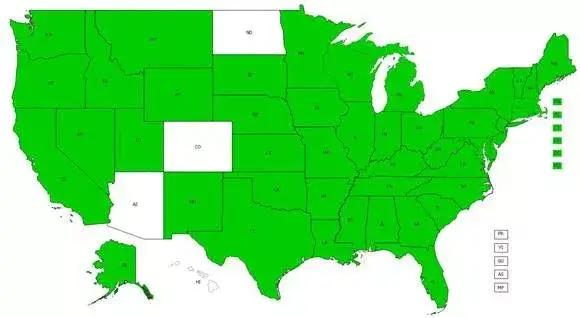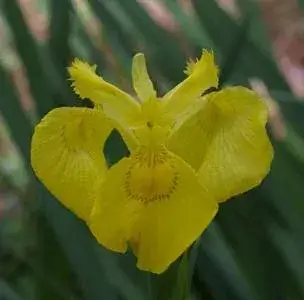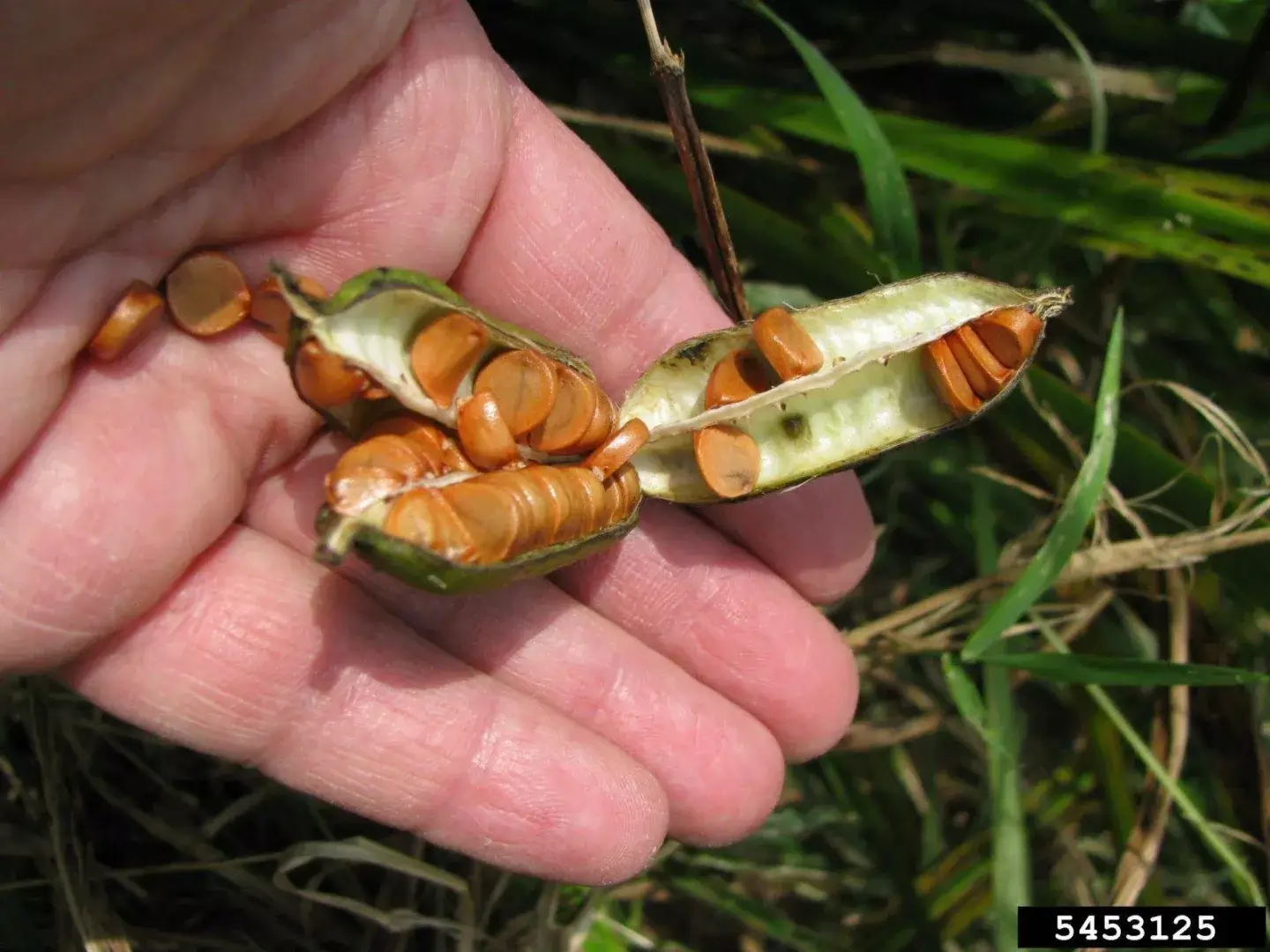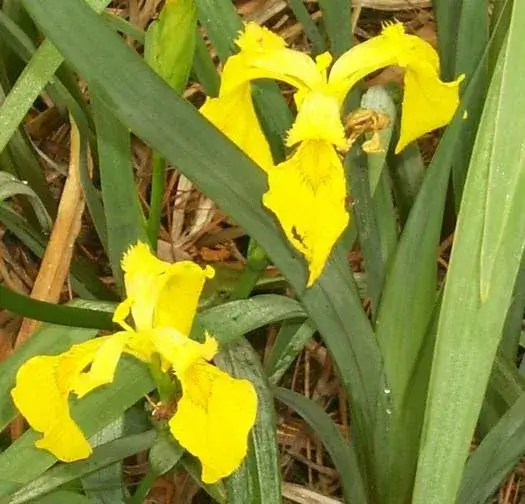
Commonly grown and transplanted for its showy yellow flowers, yellow flag iris (Iris pseudacorus) has invaded wetlands and other aquatic and semi-aquatic habitats. Yellow flag can be found at the edges of streams and ponds, in open and forested flood plains, along shorelines, and in freshwater and brackish marshes.

Yellow flag is native to temperate regions of Europe, Asia, and northern Africa. It was imported to North America as an ornamental plant as early as the late-1700s. The plant has since been deliberately propagated as a horticultural plant and for erosion control and in sewage treatment ponds. It is now present in all but four states.


Yellow flag is a perennial. Shoot emergence and most seedling germination occur in spring, though in mild winters shoots may survive and remain green throughout the year. Flowering begins by late-May and continues into early-July. Plants generally do not flower until the third year of growth. Flowers are pollinated by bees and a few species of long-tongued flies. Seed production occurs from August through October; each plant can produce several hundred seeds. Seeds are mainly dispersed by currents, containing an air pocket to help keep them afloat, and are capable of remaining afloat for more than a year. Seedlings germinate and establish best in moist but not waterlogged soil. Yellow flag expands through rhizome growth. The thick rhizomes can persist for over ten years in the soil and can survive for more than three months if dried. The rhizomes of old plants older than ten years often break into fragments, which may then be dispersed by water.



Yellow flag expands quickly via rhizomes, and can form dense monotypic stands that can replace and crowd out valuable aquatic plants like cattails and other, native, irises. The root system forms a dense mat which compacts soil and inhibits seed germination of other plants. Large yellow iris populations may also reduce the habitat available to native fish and waterfowl. Thick growths of yellow flag can clog irrigation systems and streams and, by trapping sediment in the roots, can narrow waterways. All parts of the plant are toxic to livestock and other animals.
